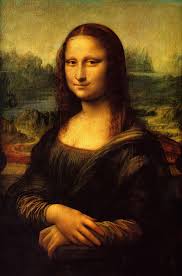
Introduction
The Mona Lisa, painted by Leonardo da Vinci in the early 16th century, is one of the most famous artworks in the world. Housed in the Louvre Museum in Paris, it attracts millions of visitors each year, serving as a symbol of artistic excellence and cultural significance. Understanding its history and impact can enhance our appreciation for classical art and its relevance in today’s society.
The Creation and Features of the Mona Lisa
The painting, also known as La Gioconda, was created between 1503 and 1506, with da Vinci refining it until 1517. The subject is believed to be Lisa Gherardini, a Florentine woman. The Mona Lisa is renowned for her enigmatic smile and the mastery of sfumato technique, where soft transitions between colors and tones blend the painting’s features masterfully. This creates an atmospheric depth, inviting viewers into the scene while simultaneously maintaining an air of mystery.
Its Journey Through Time
Initially commissioned by a wealthy Florentine, the painting has undergone various events that contributed to its fame. In 1911, the Mona Lisa was stolen from the Louvre, leading to international media coverage and igniting public interest in the artwork. The painting was recovered two years later, but its fame had taken off, and it has remained a significant point of reference for art enthusiasts, historians, and the general public alike.
Current Significance and Exhibitions
Today, the Mona Lisa remains center stage in discussions about art and culture. Every year, millions flock to the Louvre to view her enigmatic expression. The painting has inspired countless reproductions and adaptations across various media, emphasizing its lasting impact on art and popular culture. The advent of digital technology has further broadened its reach, making it one of the most recognizable images globally.
Conclusion
The Mona Lisa is not just a painting; it encapsulates the height of Renaissance art and continues to provoke thought and discussion. As a work of art that has transcended time and culture, it reinforces the notion that art is a living dialogue between the past and present. Its significance in today’s society underscores the power of visual storytelling and its ability to connect and inspire generations.



